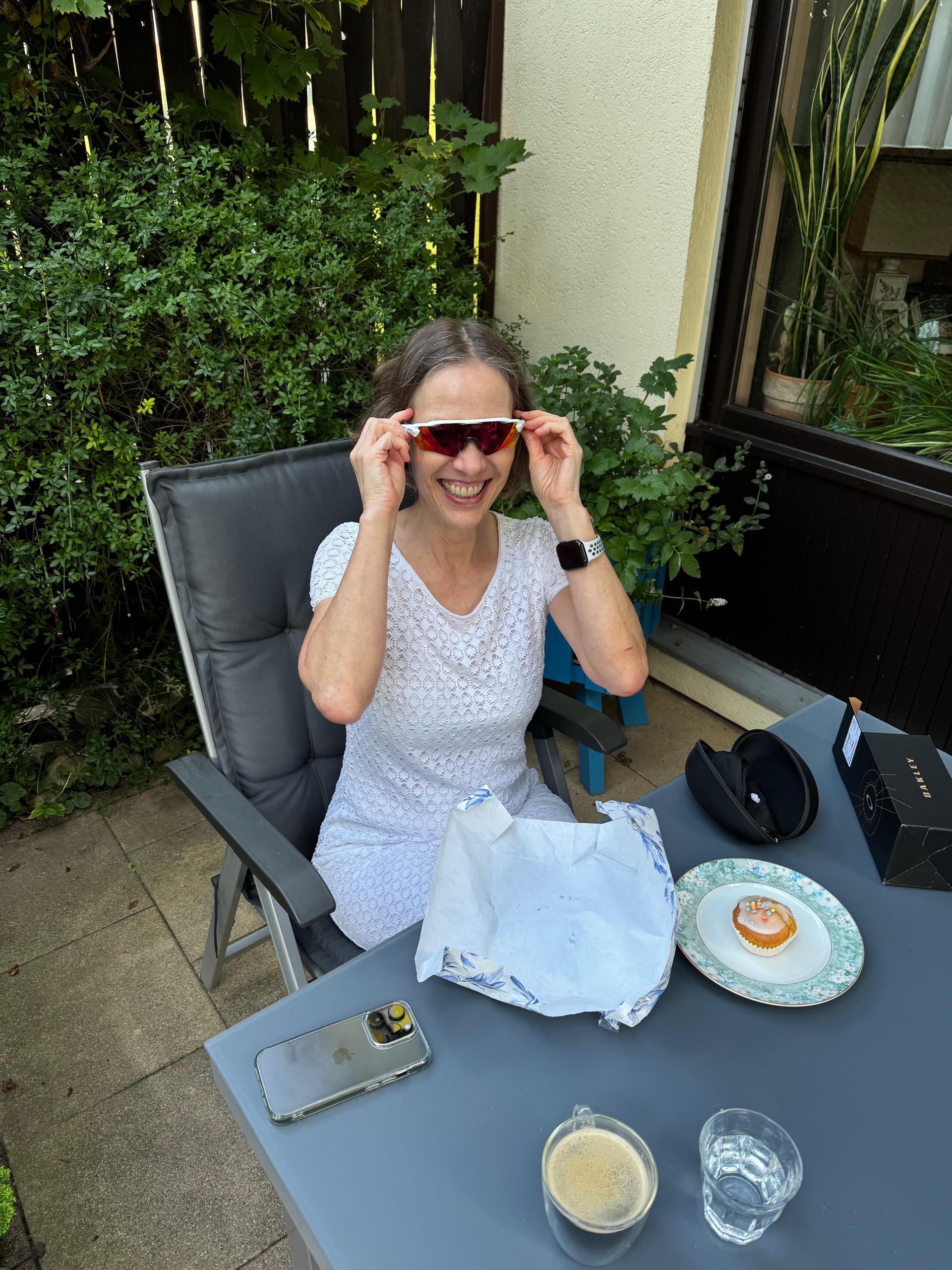The Ultimate Packing List for Tanzania
- Ute Geißler

- 4 days ago
- 3 min read
Updated: 2 days ago

The Ultimate Packing List for Tanzania: 10 Tips for Safari & Beyond
Well prepared for your adventure
Tanzania means safari adventures, wildlife, Mount Kilimanjaro and dream beaches on Zanzibar. To enjoy this diversity stress-free, you should travel well prepared. Our detailed packing list helps you think of everything – practical, tried and tested, and tailored to the unique conditions of Africa.
1. Suitable Safari Clothing
Layering for every time of day
The climate in Tanzania changes quickly: cool mornings, hot midday, chilly evenings. Several lightweight layers are ideal. Cotton, linen or modern functional fabrics are breathable and comfortable.
Long sleeves instead of short
Long-sleeved shirts and trousers provide reliable protection against both sun and insects. A fleece jacket or sweater is useful for cooler evenings
Footwear
Hiking boots for walking safaris or trekking
Lightweight closed shoes for game drives
Flip-flops or sandals only for the lodge or pool
2. Sun Protection
The sun in Tanzania is very intense. The best protection is a combination of:
wide-brimmed hat or cap
sunglasses
light scarf or buff for the neck
airy long-sleeved clothing
sunscreen with high SPF for face, hands and other exposed areas
3. Luggage for Safaris
Main luggage
Soft travel bags or duffel bags are ideal. They fit into safari vehicles and meet the 15 kg limit on domestic flights. Recommended size: 80–90 liters.
Alternative
A travel backpack with 60–70 liters is suitable for hikes or longer walking sections.
Hand luggage
A daypack with 20–30 liters is practical for water, camera, binoculars and snacks.
👉 Tip: Hard-shell suitcases are impractical and often not allowed
4. Essential Travel Gear
three to five T-shirts in natural colors
two to three long-sleeved shirts
two to three lightweight trekking trousers, preferably with zip-off function
sweater or fleece jacket
rain and wind jacket
sun hat, sunglasses, scarf
binoculars
headlamp or flashlight
power bank
universal travel adapter for plug types D and G
reusable water bottle
5. Effective Travel Pharmacy
Medical care in rural regions is limited, so bring your own small pharmacy:
malaria prophylaxis after medical consultation
painkillers and fever reducers
anti-diarrheal medication and electrolyte powder
antihistamines
broad-spectrum antibiotic on doctor’s recommendation
medication for nausea and vomiting
altitude sickness medication if you plan to climb Kilimanjaro
wound disinfectant, plasters, sterile bandages
sunscreen and after-sun lotion
insect repellent with DEET or Icaridin
personal medication in sufficient quantity
6. Important Documents
Without the right documents nothing works – and backups provide security.
Passport with at least six months validity
Visa for Tanzania: From 2025, the electronic visa is mandatory and must be applied for online in advance. Official application: https://eservices.immigration.go.tz/visa
Vaccination certificate with proof of yellow fever vaccination if entering from a risk area. Neighboring countries like Kenya or Uganda are included, as they are often combined with a Tanzania trip. For direct arrivals from Europe, no yellow fever vaccination is required
Recommended vaccinations: Hepatitis A and B, Typhoid, Tetanus
Zanzibar: Since October 2024, an additional entry insurance is required. This is offered by the Zanzibar Insurance Corporation (ZIC) and is mandatory for all travelers. More information: https://www.zic.co.tz
👉 Tip: Carry digital and printed copies, and keep originals safe in a waterproof pouch in your hand luggage.
7. Insect Protection
repellents with DEET or Icaridin
long, light clothing made from breathable fabrics
clothing treated with permethrin, especially useful for longer safaris
mosquito net, ideally pre-treated (not always provided in lodges or camps)
fly screens, vaporizers or mosquito coils in accommodations
avoid perfume and strong scents
8. Smart Hand Luggage
passport, visa, insurance documents
medication, power bank, snacks, water bottle
light jacket, sleep mask, neck pillow, wet wipes
smartphone, headphones, e-book reader
travel adapter and chargers
copies of important documents
small first-aid kit
9. Tech for Safari Moments
camera with spare batteries and memory cards
binoculars for wildlife observation
power bank for remote areas
smartphone with offline maps or a digital travel guide
10. Keep the Climate in Mind
Serengeti: mild, but cool at night – layering is essential
Kilimanjaro: extreme temperature changes – up to 30°C during the day and minus 6°C at night – layering system is a must
Zanzibar: tropical and warm – light clothing, swimwear, knee-length outfits in towns and temples
Conclusion
This packing list covers all essentials – from clothing and documents to your travel pharmacy. With the right preparation, you travel safely, flexibly and stress-free. That way your focus stays where it belongs: on the unforgettable encounters with Tanzania’s breathtaking nature and culture.

Comments